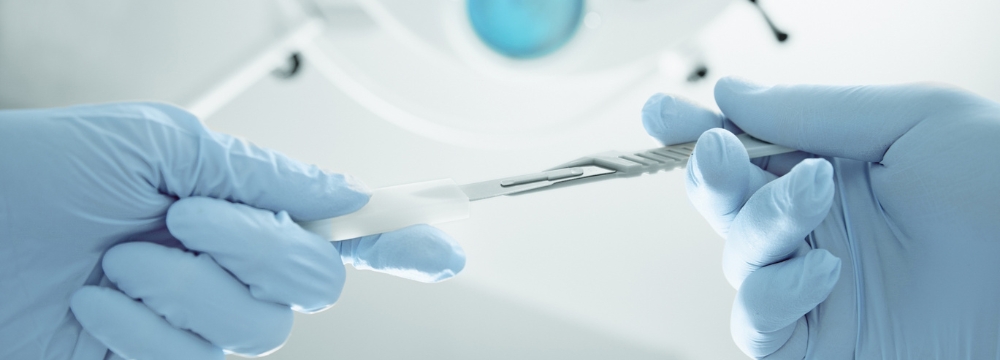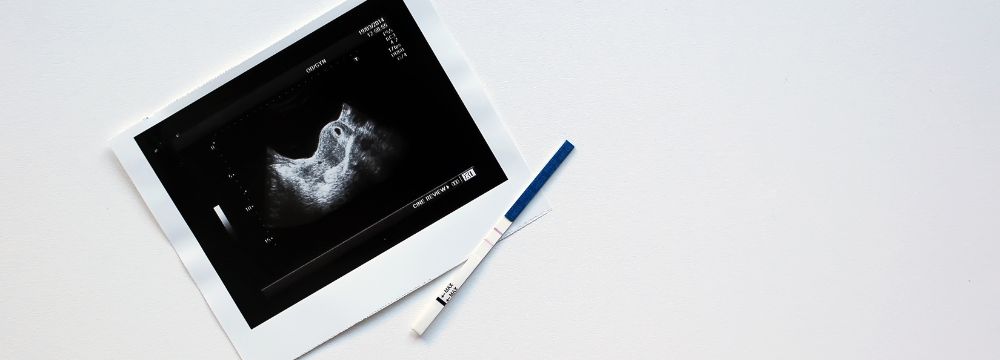Vasectomy

With over 500,000 procedures performed yearly, vasectomies are one of the most popular surgeries in the United States and worldwide. Many men opt for a vasectomy after they’re done having kids, and this virtually eliminates the need for birth control (eventually) when having intercourse with a partner. Vasectomies are an excellent option for most couples because they are over 99% effective and far less invasive than, and reversible compared to, female permanent birth control, known as tubal ligation.
If you’ve done any research on vasectomies, you will undoubtedly have seen the phenomenon of a “no-scalpel” vasectomy. What exactly is that, is it any different from a traditional vasectomy, and is that your best option?
To delve into this, it’s important to quickly recap what a vasectomy is. During a vasectomy, we cut the two vas deferens that transport sperm from the testicles to the urethra. In the urethra, the sperm mixes with semen produced by the prostate gland, and this is ejaculating during intercourse. Cutting these transportation structures virtually eliminates the possibility of impregnation since the semen, after a few months post-procedure, contains no sperm.
Prior to the 1980s, vasectomies were performed using a scalpel. The scrotal area was numbed, and the procedure was performed on an outpatient basis at a surgery center or even a hospital. It required about half an hour of procedure time and some recovery. Sutures were used to close the scrotal incisions.
However, about 40 years ago, we learned that the procedure could be performed with a straightforward puncture in the scrotum that did not require the scalpel incision or sutures afterward. This became known as a no-scalpel vasectomy.
The Marketing Behemoth of the No-Scalpel Vasectomy
Back in the 1980s, during the transition to no-scalpel vasectomies, there was a lot to be excited about. However, even today, it’s challenging to find an ad for vasectomies that doesn’t explicitly indicate that no scalpel is used. While this is true, it’s not a selling point anymore because virtually EVERY vasectomy is performed this way these days. Research has consistently proven that no-scalpel vasectomy offers significant benefits compared to incisions and sutures. Some of the benefits we have realized include the following:
- The option for using injected or sprayed local anesthetic on the scrotum
- Almost always performed in-office
- Less postoperative pain
- No need for sutures
- Shorter recovery and return to sexual activity
- Less chance of bleeding and infection
- Lower risk of hematoma
- And more
In other words, a no-scalpel vasectomy is just as effective as its scalpel-based forefather but minimizes most risks.
Is a No-Scalpel Vasectomy the Perfect Procedure?
As with any procedure, no matter how minimally invasive, there are always some risks. Infrequent concerns include excessive bleeding, pain during recovery, infection, and more. There is also the minimal chance that sperm can remain in the ejaculate or that the vas deferens regrows at some point in the future. Otherwise, the most important consideration for men undergoing vasectomy is ensuring they do not want more children. While a vasectomy is reversible, doing so is costly, and the results are unpredictable.
If you have decided that vasectomy is right for you, please speak to our office and schedule an appointment with Dr. Natale. As one of Charlotte’s foremost urologists and urologic surgeons, he performs hundreds of vasectomies quickly and effectively every year.



